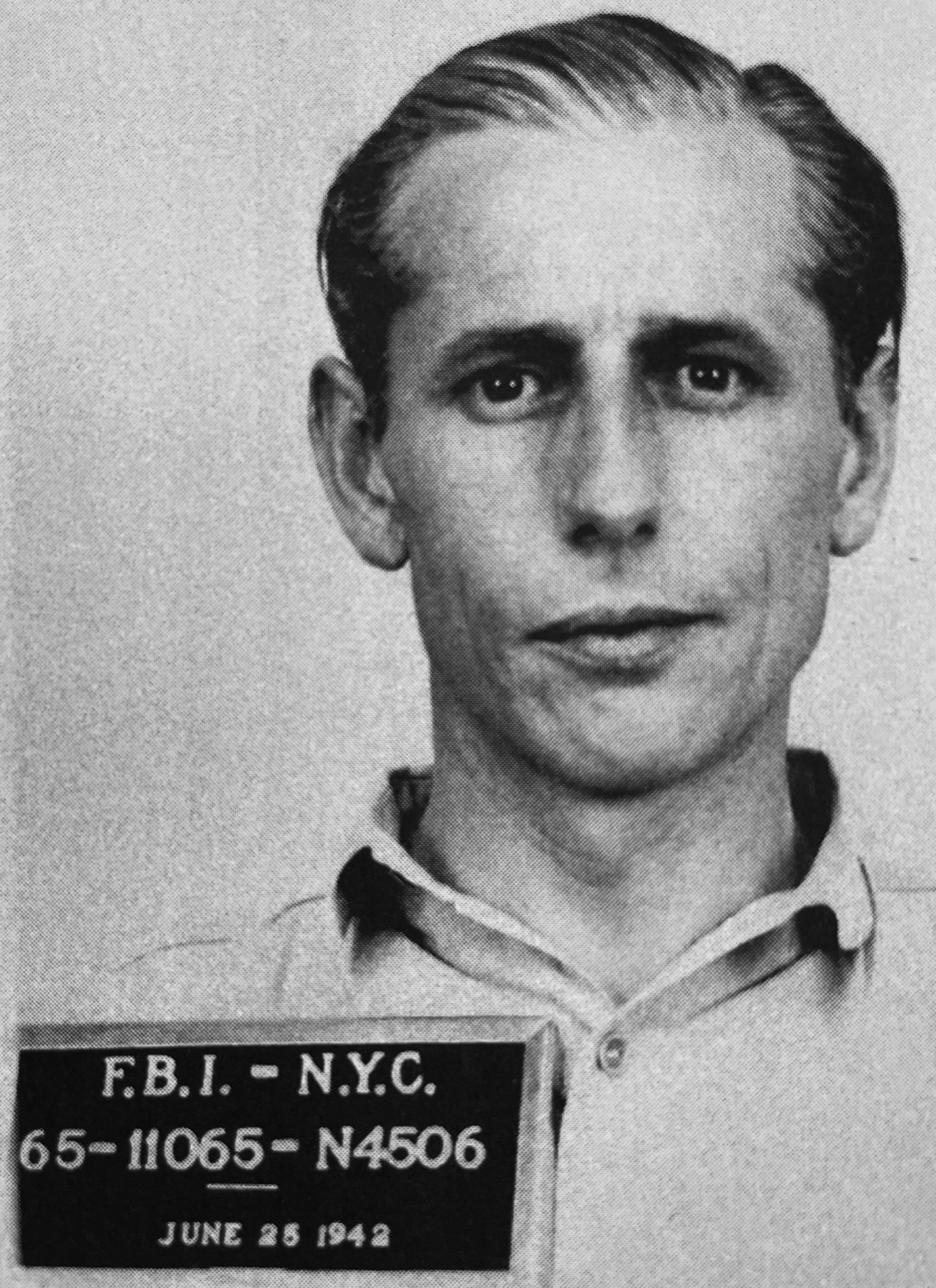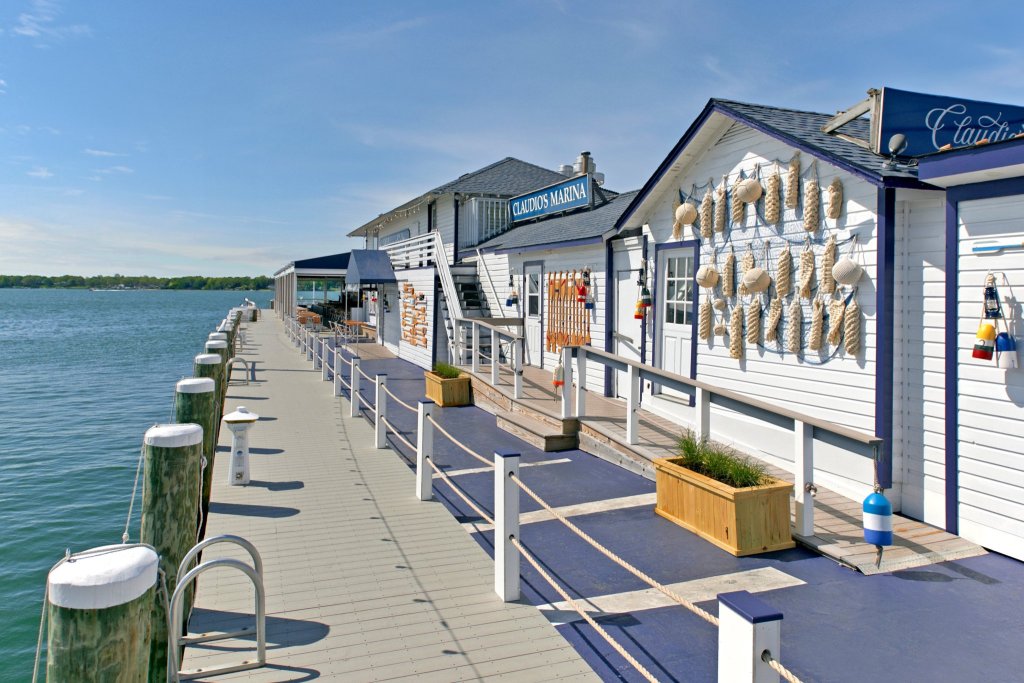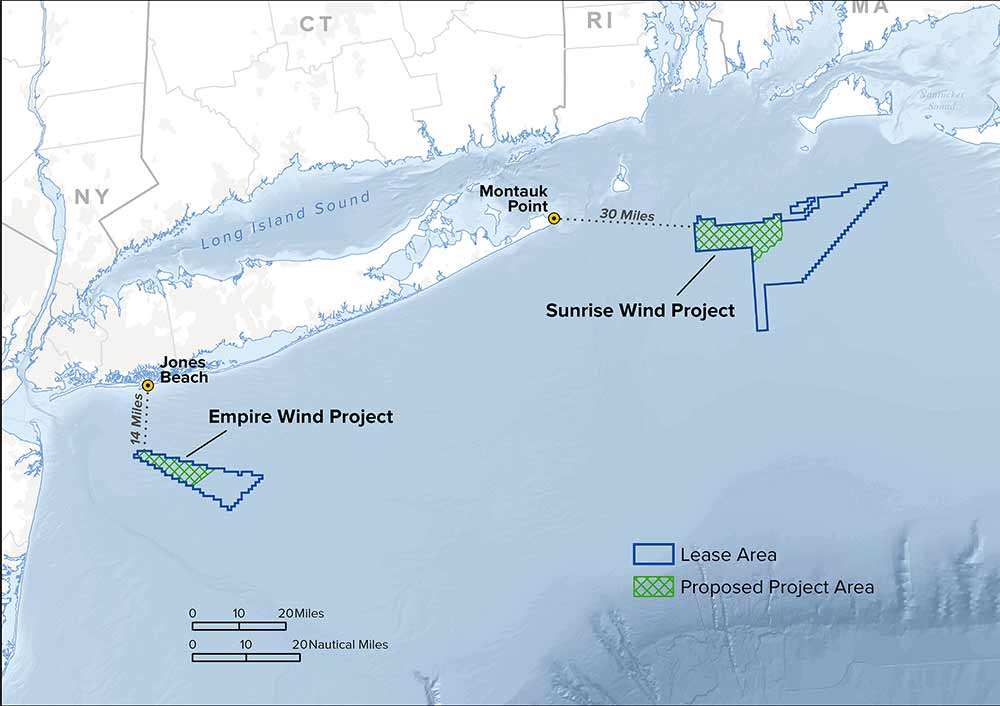Our Amazing History: In WWII, Nazis Landed Saboteurs

Did you ever wonder if the leader of a hostile enemy force ever put his finger on a map of the Hamptons and told his men, “Okay, let’s do it.” Well, it’s happened. Four times. Guns blazing. It happened in 1653, in 1777, in 1812 and in 1942. One time in each of the last four centuries. Here’s the assault that took place in 1942.
In December 1940, American President Franklin D. Roosevelt declared the United States to be “The Arsenal of Democracy” and embarked on a massive effort to build planes, tanks, guns and ships to take to England, which had declared war on Nazi Germany in 1939. German Dictator Adolf Hitler retaliated with a plan to cripple American industry and bring the country to its knees. He’d send groups of saboteurs by submarine to land on remote East Coast beaches, where, after burying explosives to be picked up later, they would proceed to blow up airplane factories, aluminum plants, and railroad junctions to make this all happen.
And so, after America and Germany declared war on one another in 1941, Hitler laid out a map in his war room in Berlin and pointed to Amagansett as the first landing point of what would become this vast operation.
The four saboteurs, all of whom spoke fluent English because they had lived in America in prior years, came ashore in a rubber boat they’d launched from a Nazi sub on a beach near Amagansett just after midnight on June 13, 1942, hauling up their rubber boat in a nighttime fog near the Amagansett Coast Guard station, still there today. Also nearby was a Naval Radio Station manned by naval officers sending out specific radio signals to determine the whereabouts of the many Nazi subs marauding the Atlantic sinking American freighters. But they had missed this one.
But a 21-year-old Coast Guardsman named John Cullen with a flashlight walking the beaches looking for such a landing didn’t miss this one.
The leader of the saboteurs, George Dasch, walked up to Cullen and, Cullen and threatened him, telling him to forget what he had seen. Dasch also gave him $260 as a bribe.
Instead, Cullen ran through the fog to the Coast Guard Station, woke everybody up with the news that there were Germans on the beach, resulting in Cmdr. Warren Barnes mustering his Coast Guardsmen bearing the old World War I rifles they had at the station to take up positions. A gunfight ensued between the soldiers and the submarine, still offshore (Barnes, the Coast Guardsman commander, later said some of his men fired by mistake at their own men, but there were no injuries.
Soon, the submarine, undamaged, motored off. The saboteurs, meanwhile, having buried their boxes in the sand, snuck off to the Amagansett Long Island Rail Road station and took a 6:59 a.m. train to Manhattan, where they disappeared into the crowds.
Nevertheless, a few days later, Dasch turned the others in to the FBI. Saboteurs from a more successful landing along a deserted Florida beach were also rounded up and, with no sabotage having taken place, Hitler ordered the failed operation halted.



